Companies receiving the BRC certification improve credibility and clientele support as they offer high-quality and safe products. BRC certification is valuable for any company operating in the food processing industry or other related industries. To our knowledge, getting this certification is not easy, but do not worry because we are a leading BRC Consultant here to guide you through the process!
Recognition of BRCGS is global, thereby enabling companies to gain entry into the global market.
The BRCGS standard also focuses on safety as it checks that the product’s foods undergo serious hygiene and quality measures.
Though oriented in the food industry, BRC has a positive impact on the packaging, manufacturing, storage, and distribution areas.









Directing a careful investigation to recognize points of improvement between the association’s current practices and the necessity of the BRC Worldwide Norm.
Supporting the role of events and execution of a complete FSMS that lines up with the particular BRC standard relevant to the association’s business.
Giving instructional courses and studios to teach staff at different levels inside the association about BRC standards requirements, sanitation, and best approaches with rehearsals.
Helping the turn of events and execution of a report control framework to check out the approaches, systems, and records expected for BRC affirmation.
Controlling interior reviews to survey the rightness of the carried out FSMS and recognize regions for development before the regular review.
Managing a pre-review or status appraisal to find expected issues and ensure readiness for the regular review.
Acts as a mediator between your organization and the chosen certification body, handling any queries or issues during the certification process.
Helps develop and apply corrective actions to address any issues picked out during the certification audit.
Provides continuous support for regular improvement, helping the organization address corrective actions and enhance its food safety practices.
Controlling the unions through the whole accreditation process, from introductory planning to the certificate choice.

Legal4sure specializes in BRC Consultation and offers various services to help organizations with the certification process. These services may include:
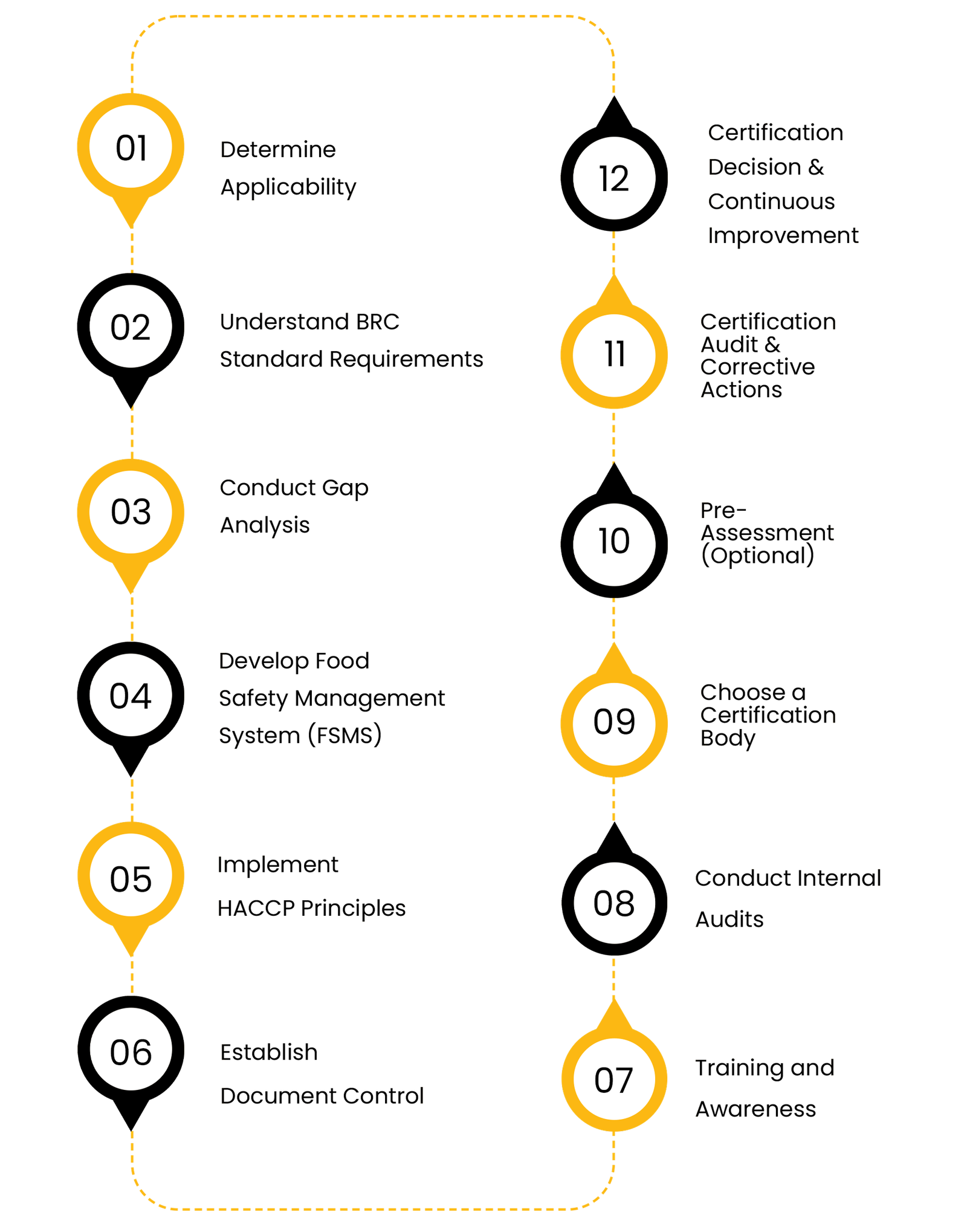
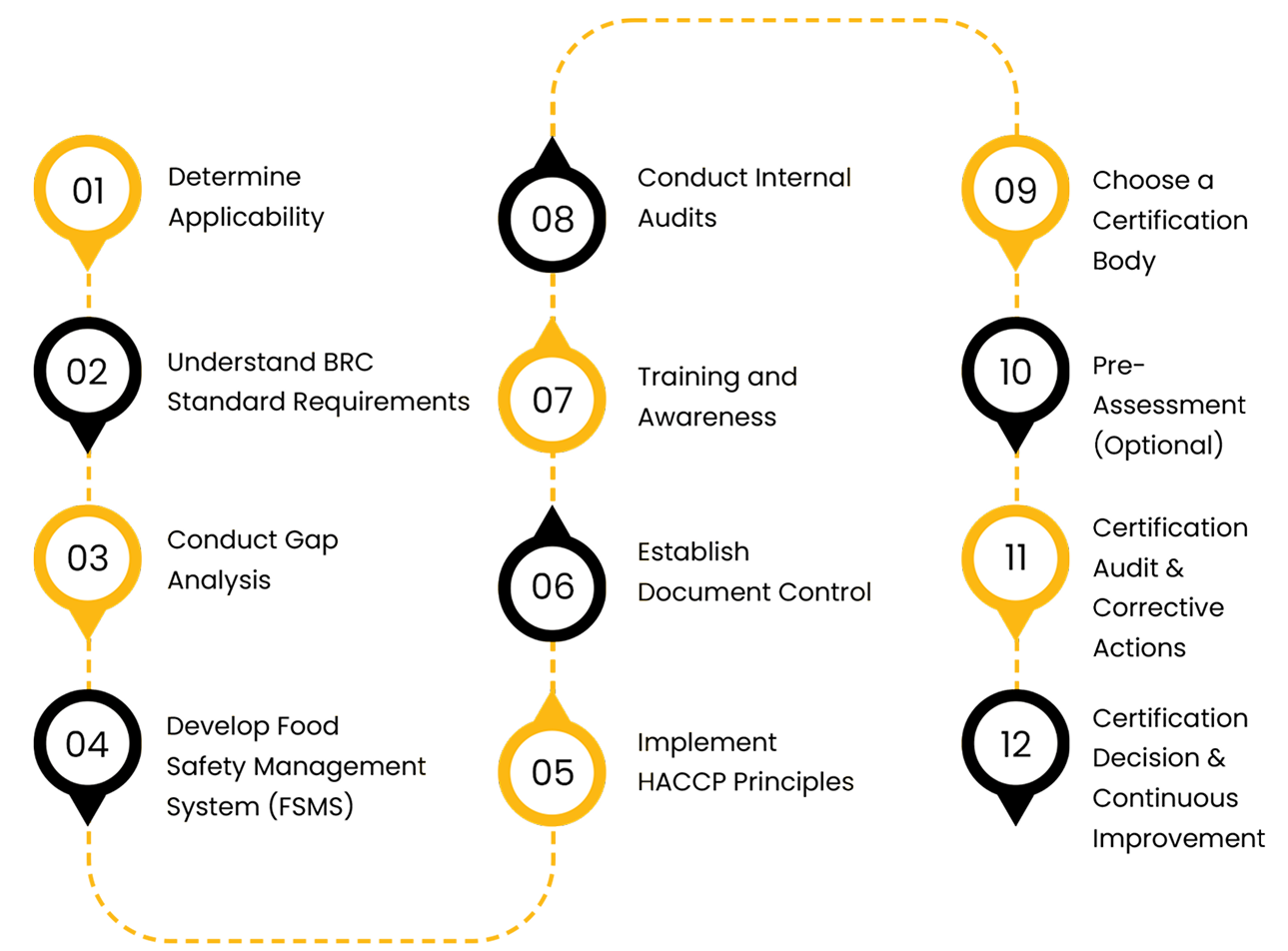
Fill out the form to get Certification consultation
BRC (British Retail Consortium) certification is necessary for many industries, which focuses on the safety, quality, and rightness of food and purchased products. The specific BRC standard an organization follows depends on its areas.
The documents needed is usually include proof of your food safety, quality, and operational systems. The exact requirements depend on your certification scope, industry, and specific business needs. Here are some common documents required
This certification ensures food safety, quality, and compliance with global standards.
Simply fill out the form above and get started















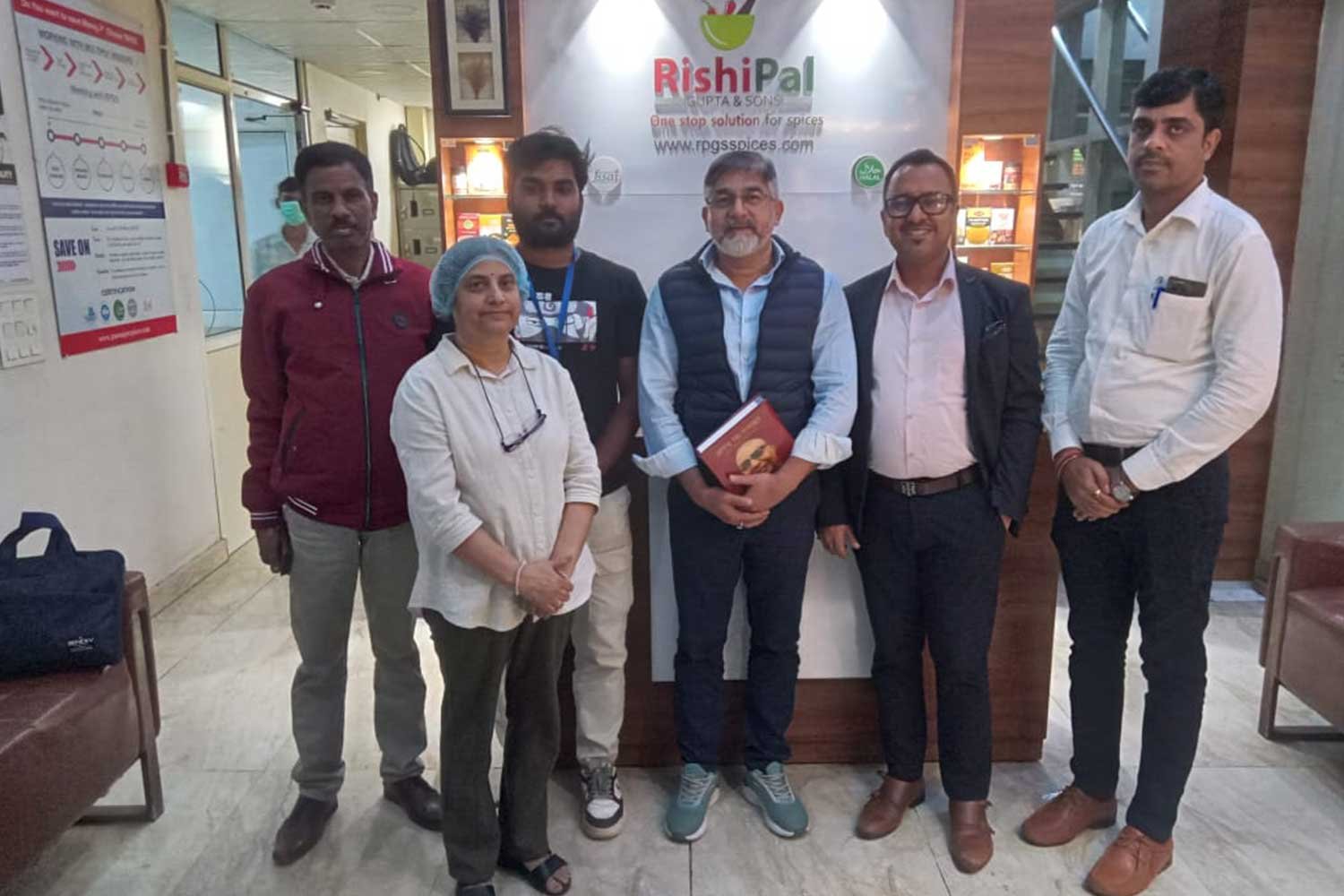





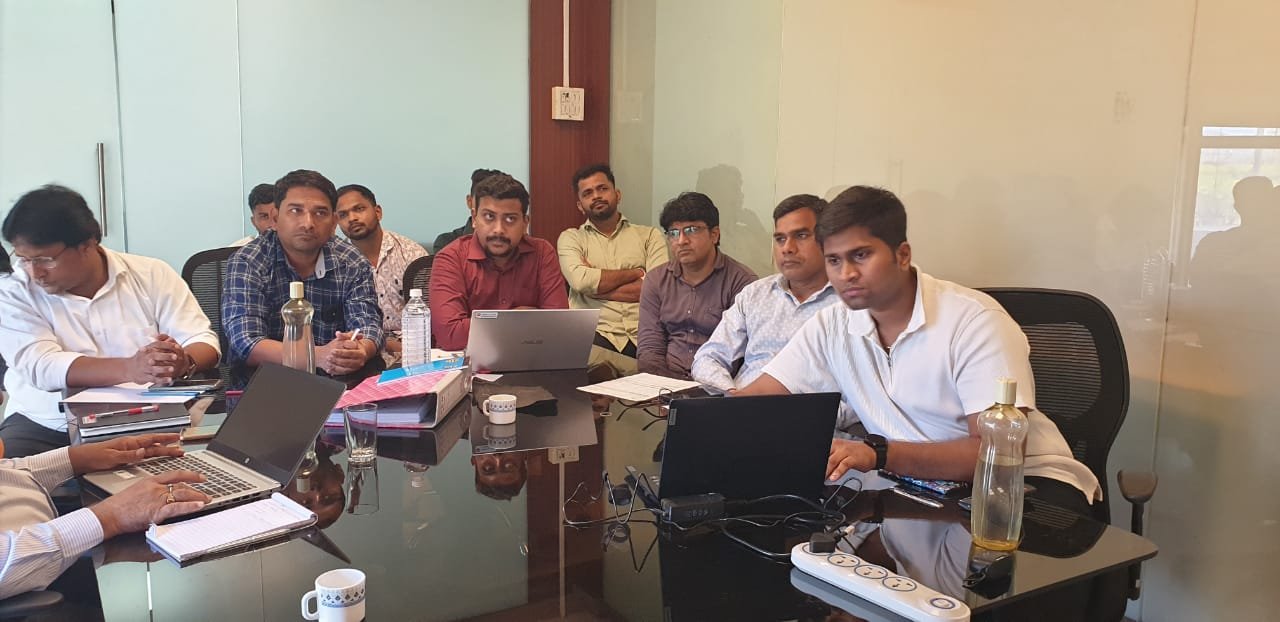


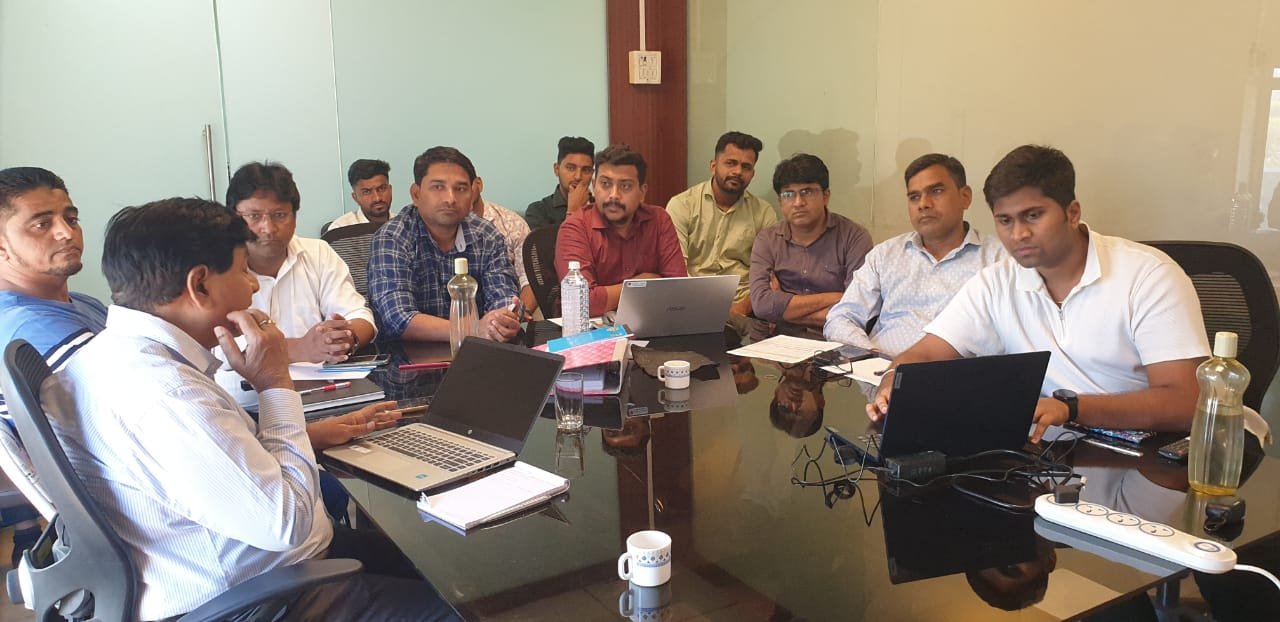

























BRC Certification is an international certification for improving food safety, quality, and legal compliance of products in the food supply chain. It is, specifically, an important aspect of the company’s compliance with the regulatory authorities’ standards and important for creating trust with consumers.
To achieve BRC Certification, your company needs to apply the BRC Global Standards, undergo an audit by the certification body, and meet all compliance requirements.
BRC Certification enhances customer confidence, provides access to export markets and addresses issues of legislation on food safety and quality.
The cost of BRC Certification depends on factors like company size, location, audit duration, and the chosen certification body.
BRC Certification is required for food processing, packaging, storage, distribution, and retail businesses whose main goal is the delivery of high standards of food safety and quality.
The timeline for obtaining BRC Certification depends on your company’s readiness and It may take anywhere from 3-6 months for your organization to receive BRC Certification.
In case your company is not successful in the BRC Certification audit then the company gets the report of improvement needs. And to gain certification you must create the necessary corrective actions and do a follow-up audit.
Although not legally mandatory, buyers and suppliers like to demand for BRC Certification to ensure the superior quality of food.
©2025 All Rights Reserved | Legal4sure

©2025 All Rights Reserved | Legal4sure